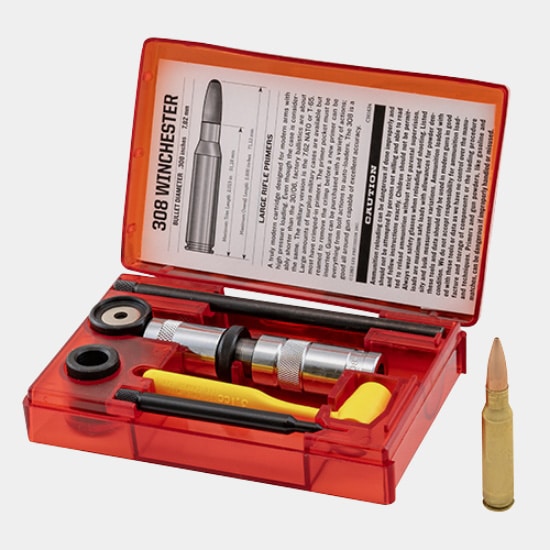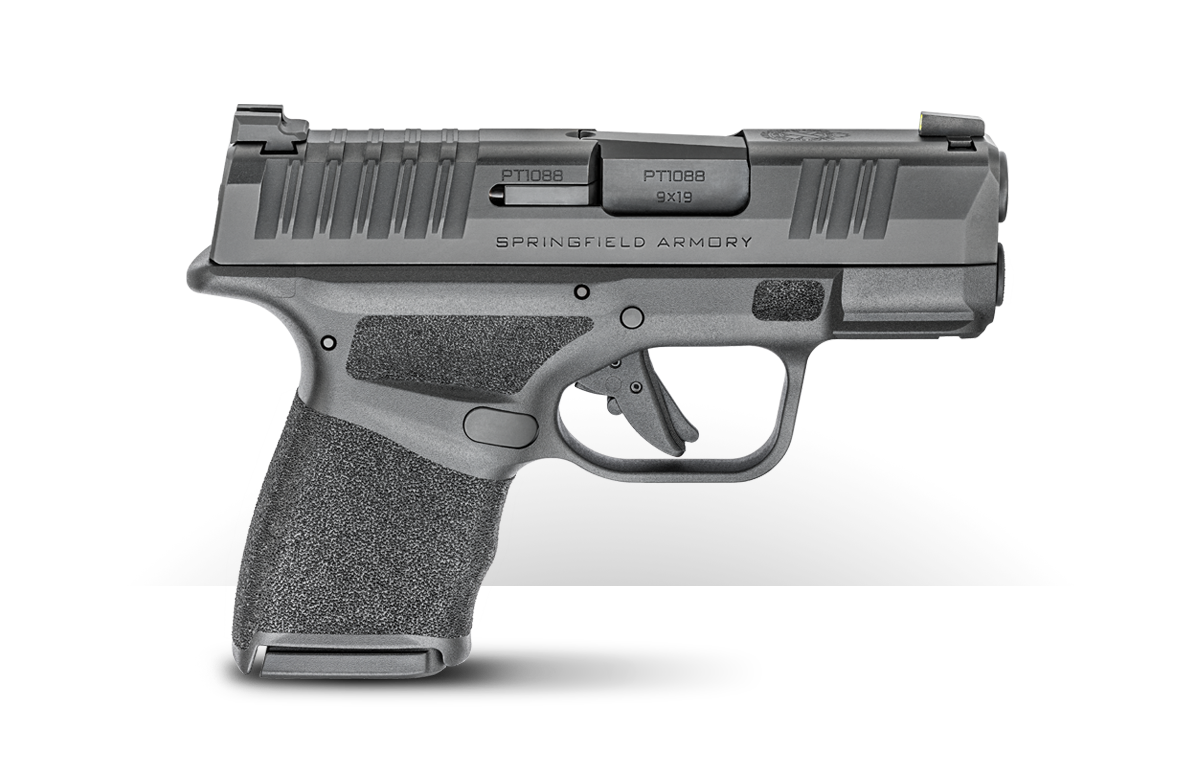Are You Forgetting These Prepper Gun Skills?
June 5th, 2024
7 minute read
Practical prepping means more than just stocking up on food, water and ammunition, or having a portable generator at the ready. While most American adults still know how to cook (we can hope) and can handle basic repairs around the house, there are those more specialized skills like automotive maintenance — which is complicated by ever more complex cars — and of course medical care.
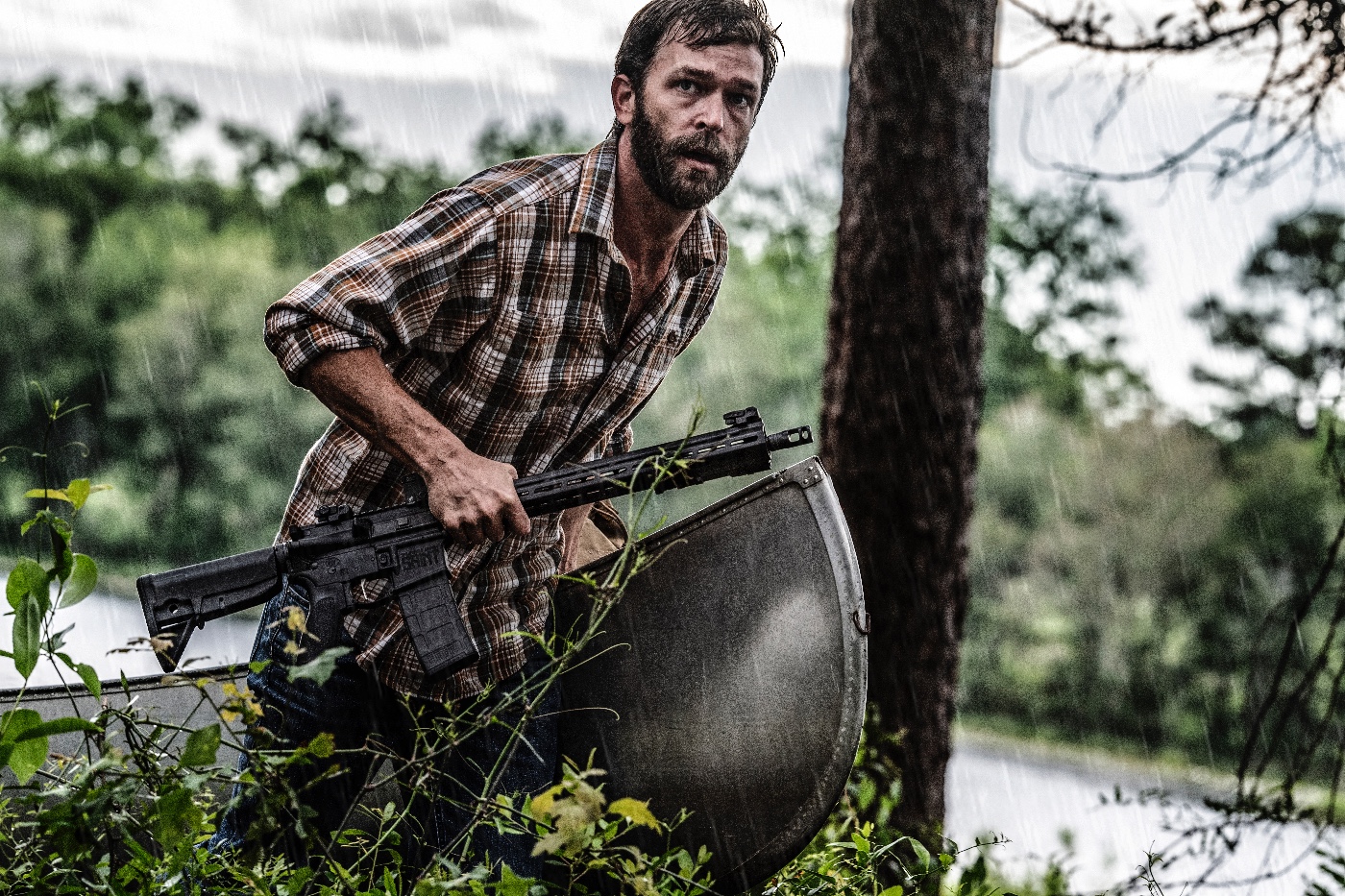
Being able to rebuild an engine or perform basic surgery requires a fair amount of training. Most preppers understand that fact.
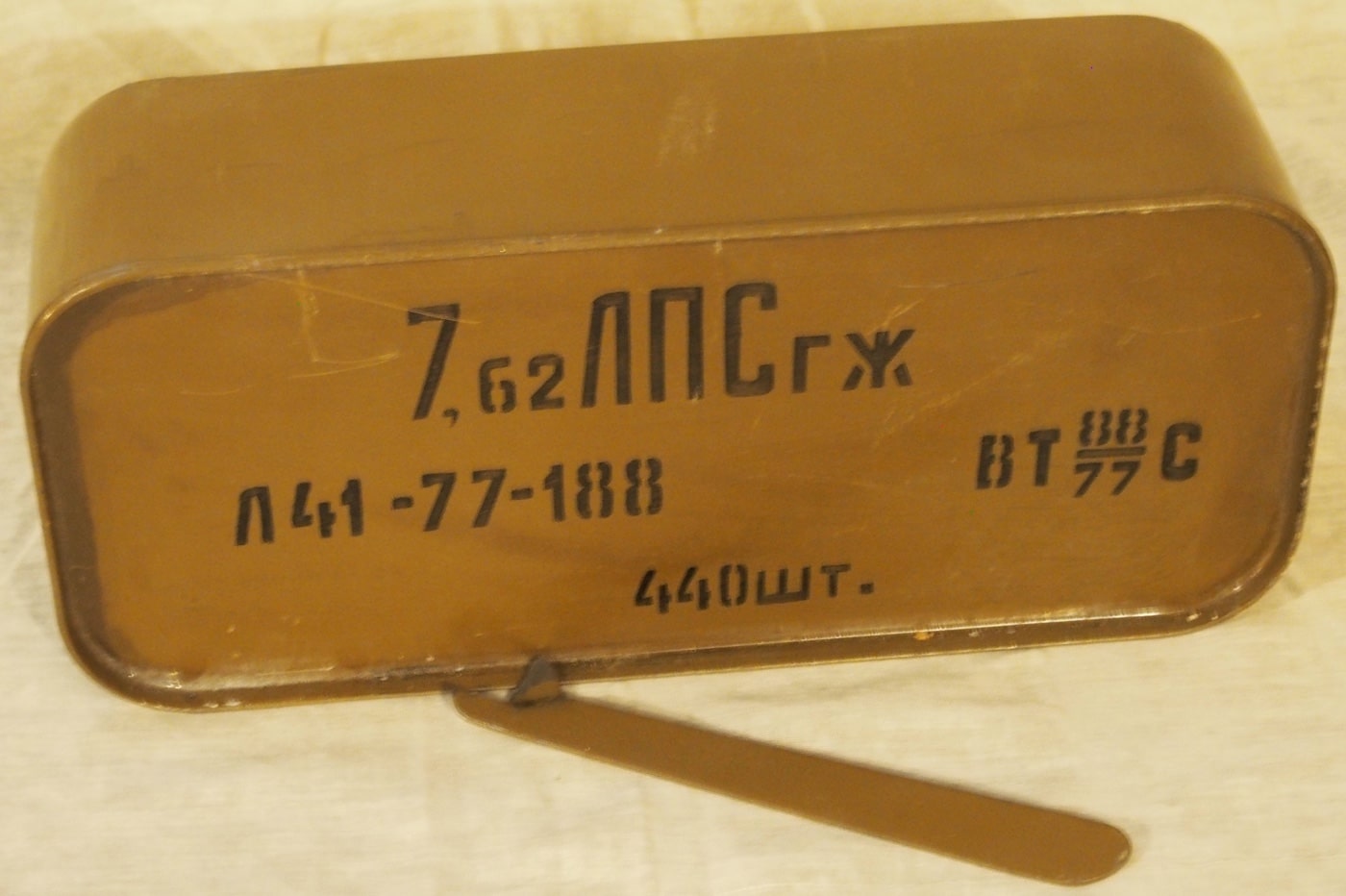
Yet, when it comes to firearms, there is all too often the belief that shooting is easy, or at least can be quickly mastered. That could be a very deadly mistake, especially if things truly go sideways, and law enforcement won’t be coming. This is when there may be the need to defend not only property but loved ones.
Know the Shooting Basics
Knowing how to properly use a firearm is so much more than simply pointing it and pulling the trigger. The most basic of the basics is that firearms are tools that need to be treated with the ultimate amount of respect. They must not be mishandled, and everyone who comes in contact with them must understand its capabilities and limitations.
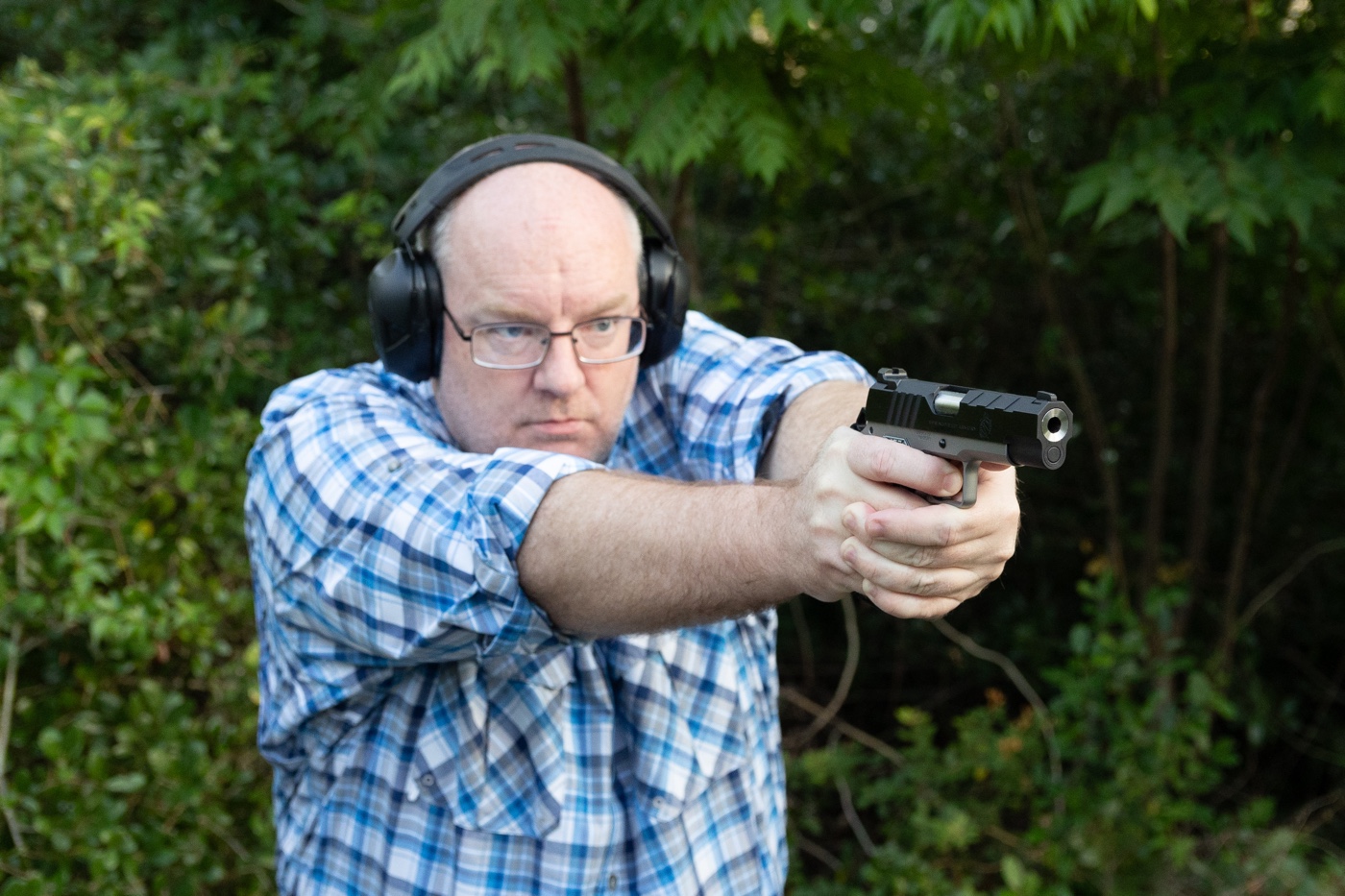
Firearms also require a great deal of responsibility, and that means following laws and regulations. Being prepared doesn’t exempt anyone from local, state, and federal firearms laws. Nor does fear for home and personal safety mean that laws can or should ever be broken.
That being said, even many responsible firearms owners still lack anything resembling defensive shooting skills.
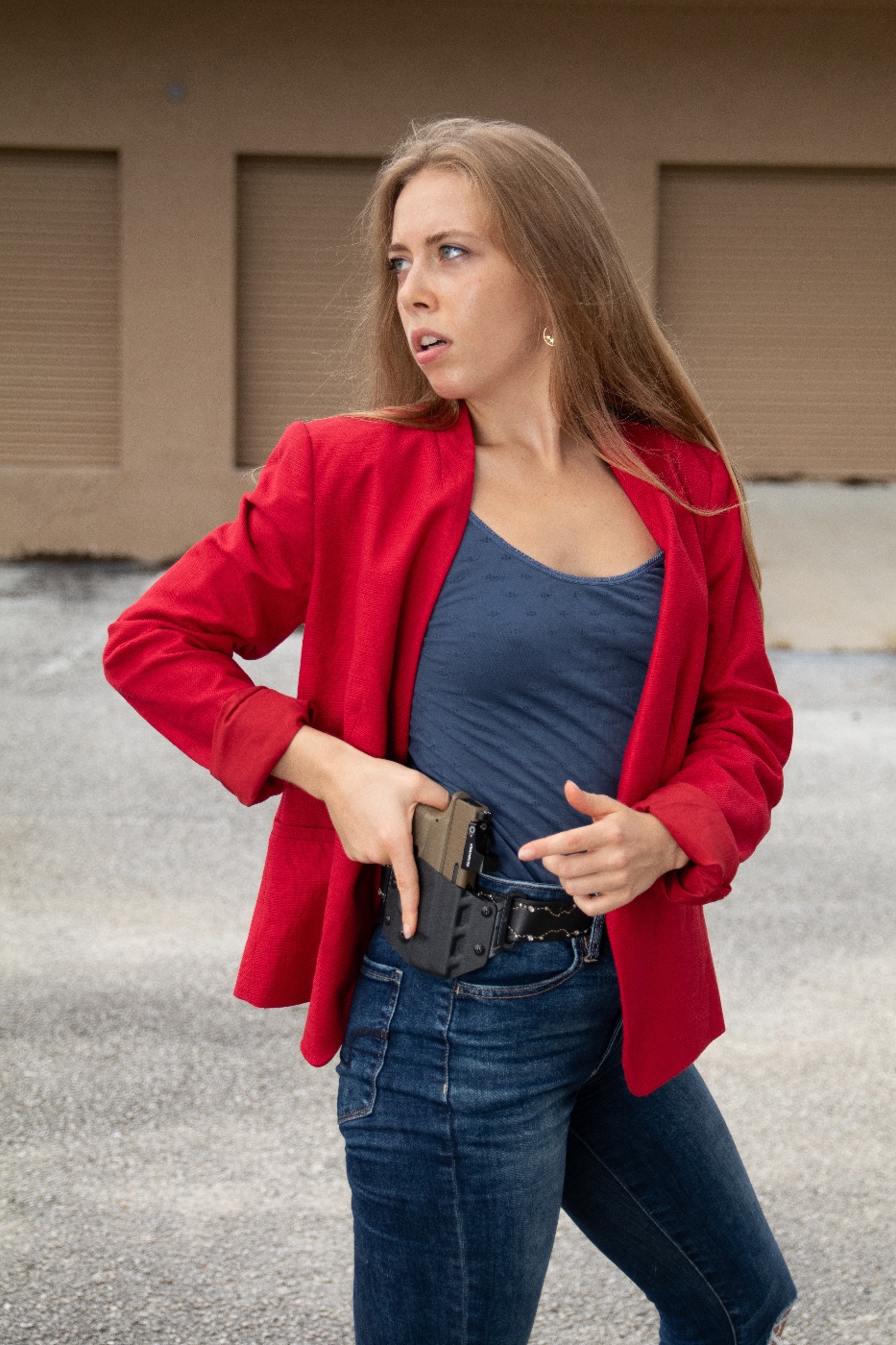
It would be beyond the scope of a single article to discuss the finer facets of personal and home defense, but there are those key skills that any prepper should learn and hone. These include rapid target assessment and acquisition — which can help determine who or what is the greatest and most imminent threat. Likewise, multiple target transition means not focusing on a single target, but rather being able to determine how to follow up those shots accordingly.
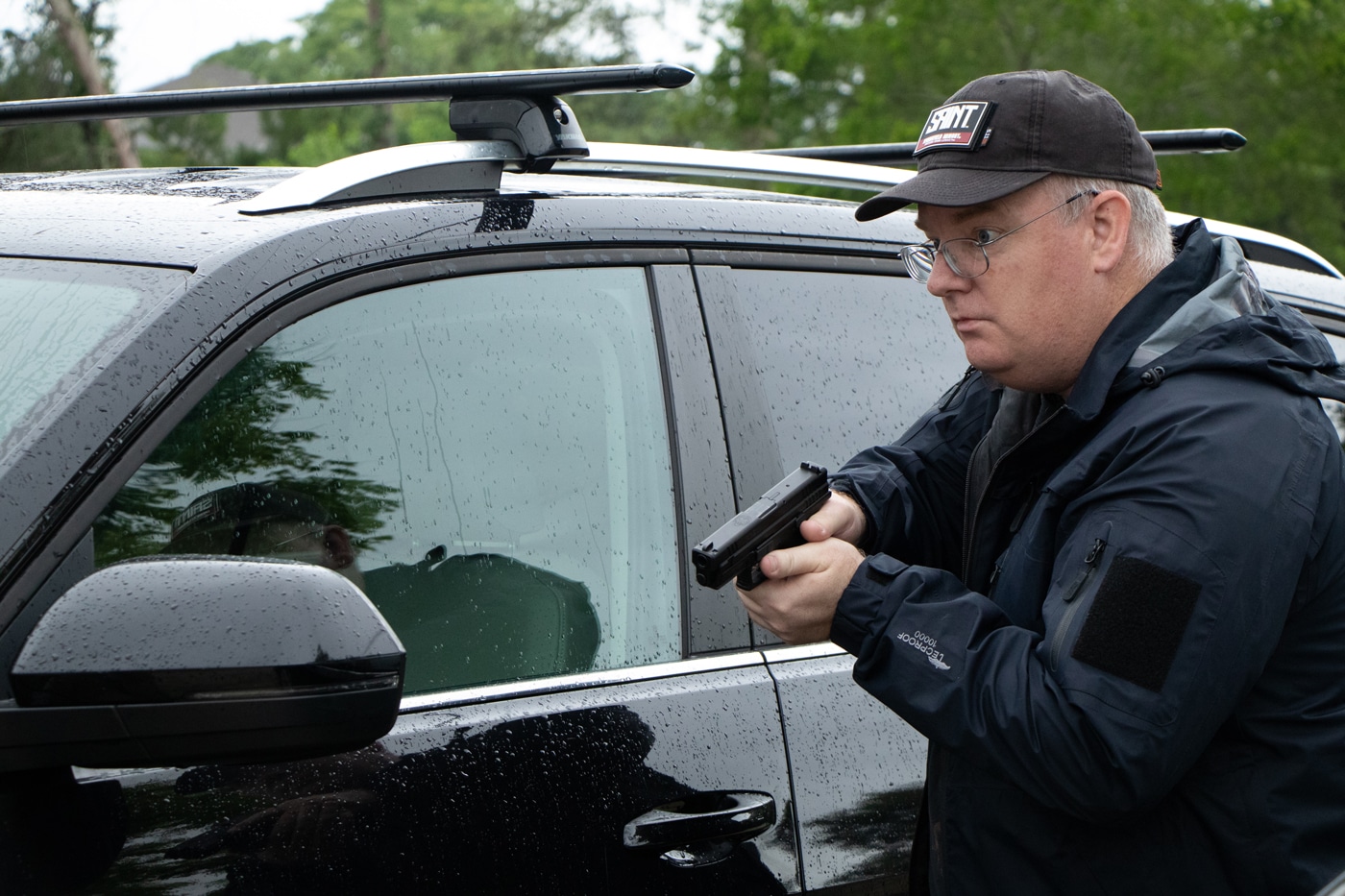
Preppers need to know how to deal with shooting in low-light conditions as well as foul weather. The fact remains that bad things are all the more likely to happen when the sun isn’t shining. Whether the threat is from humans or animals, it can easily happen at night. Spending a nice day at the range can certainly improve shooting skills, but it won’t prepare you for shooting in the dark.
Serious shooters will try to hone their skills in such conditions while understanding the limitations of their firearms.
Firearm Maintenance Basics
The practical prepper certainly needs to be a “jack-of-all-trades,” and that can mean keeping the car running, knowing a bit more than first aid, and not having to rely on outsiders when things get a bit tough. Again, it doesn’t mean being able to conduct open heart surgery or having the skills of MacGyver, but when it comes to firearms, it should include knowing how to clean and maintain them.
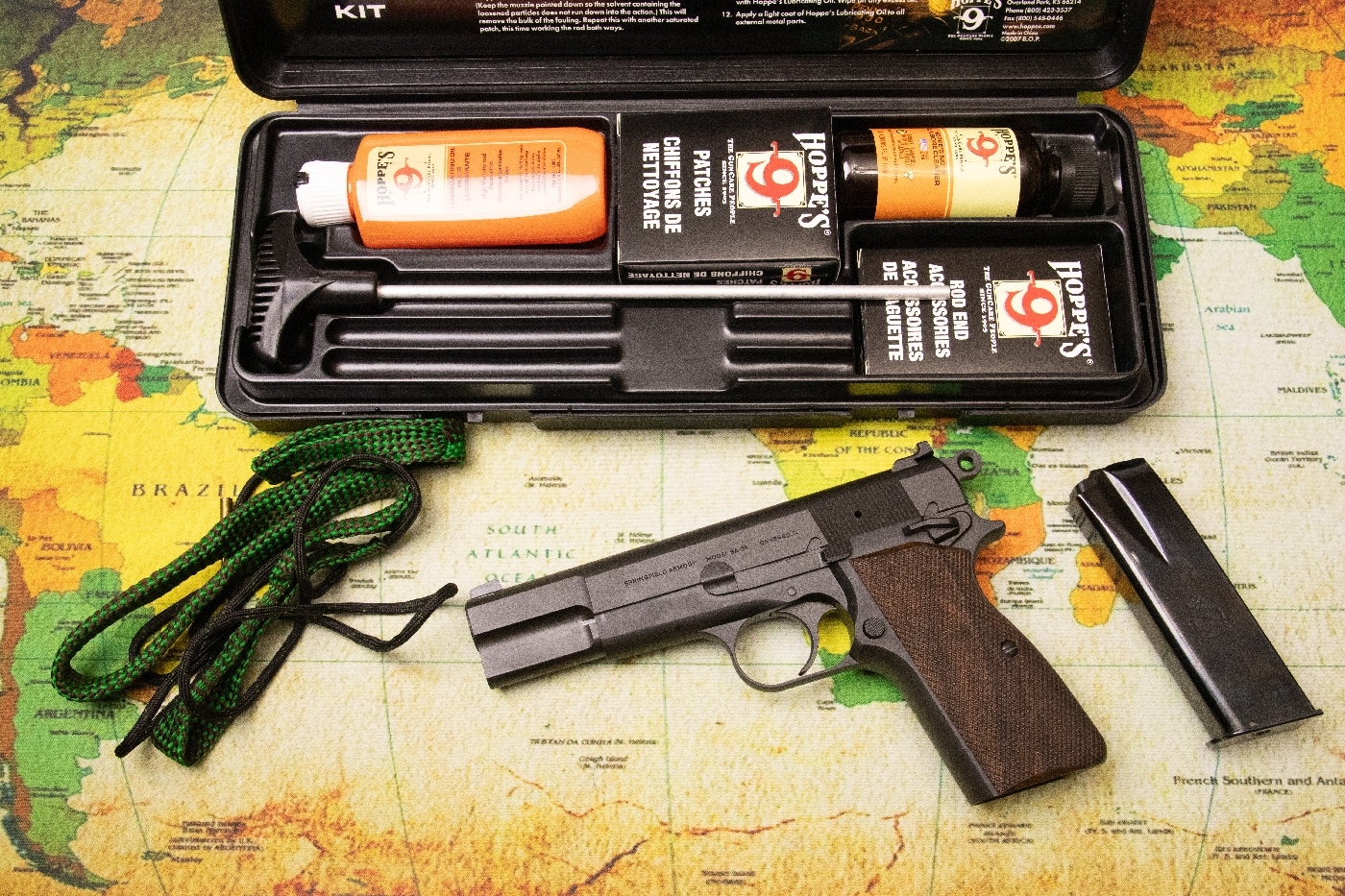
Almost no serious shooter today will believe any firearm is “self-cleaning” or requires zero maintenance — yet, some firearms do require a bit less than others. Many of today’s polymer-framed handguns can get by between serious cleanings with a quick wipe down with an oil-moistened cloth, a nylon brush down the barrel, and a few drops of oil. Yet, that should be still seen as the absolute bare minimum, and doing less is never advisable. As is often said, it doesn’t matter if it is one shot or a dozen, the cleaning is the same.
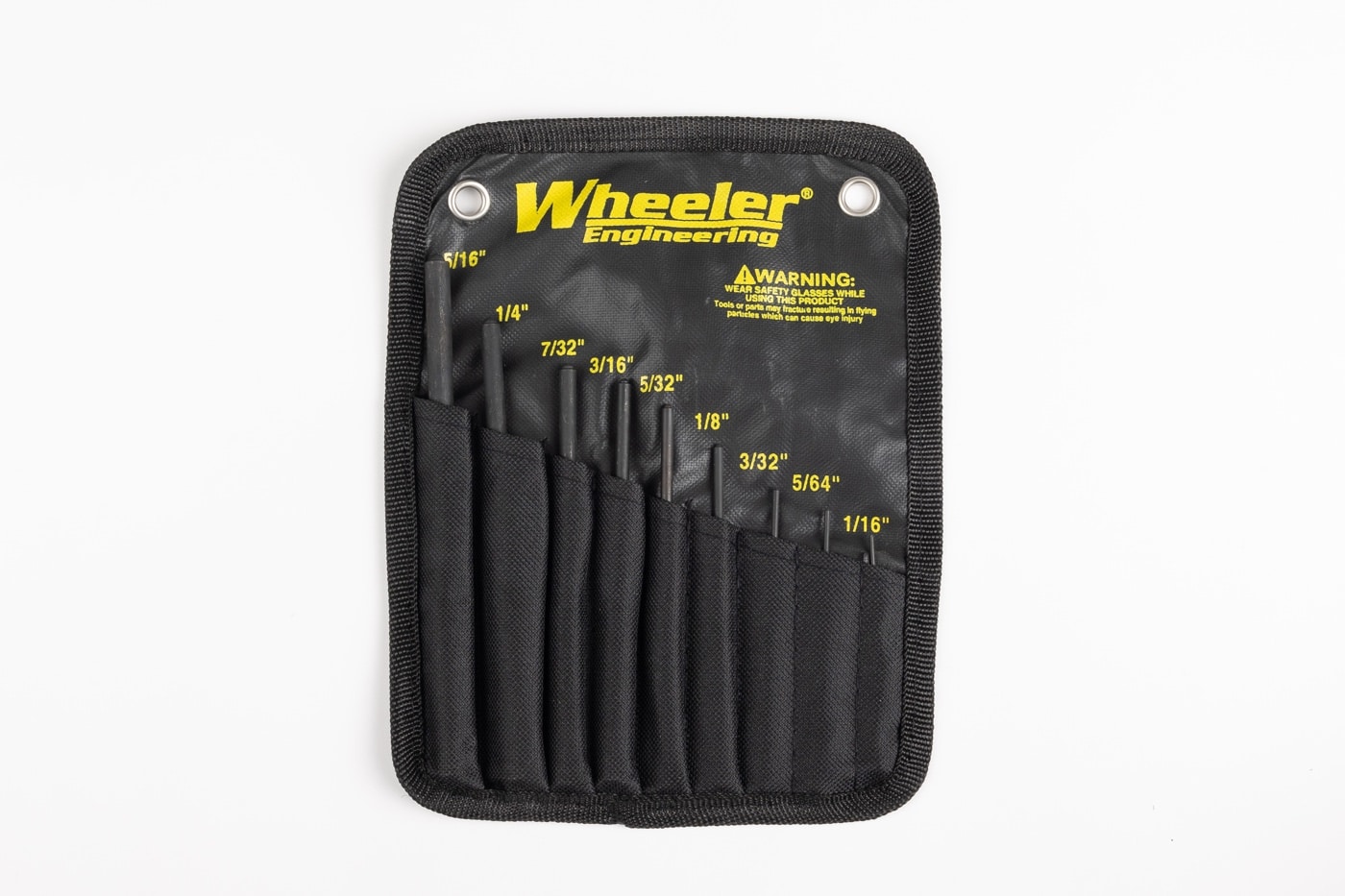
If you’re counting on your firearms, you’ll want them to be clean and ready. That brings us to the next point. Preppers should know how to field strip — as in take apart and put back together — all of their firearms. This can ensure that every part is in working order and gets the TLC required.
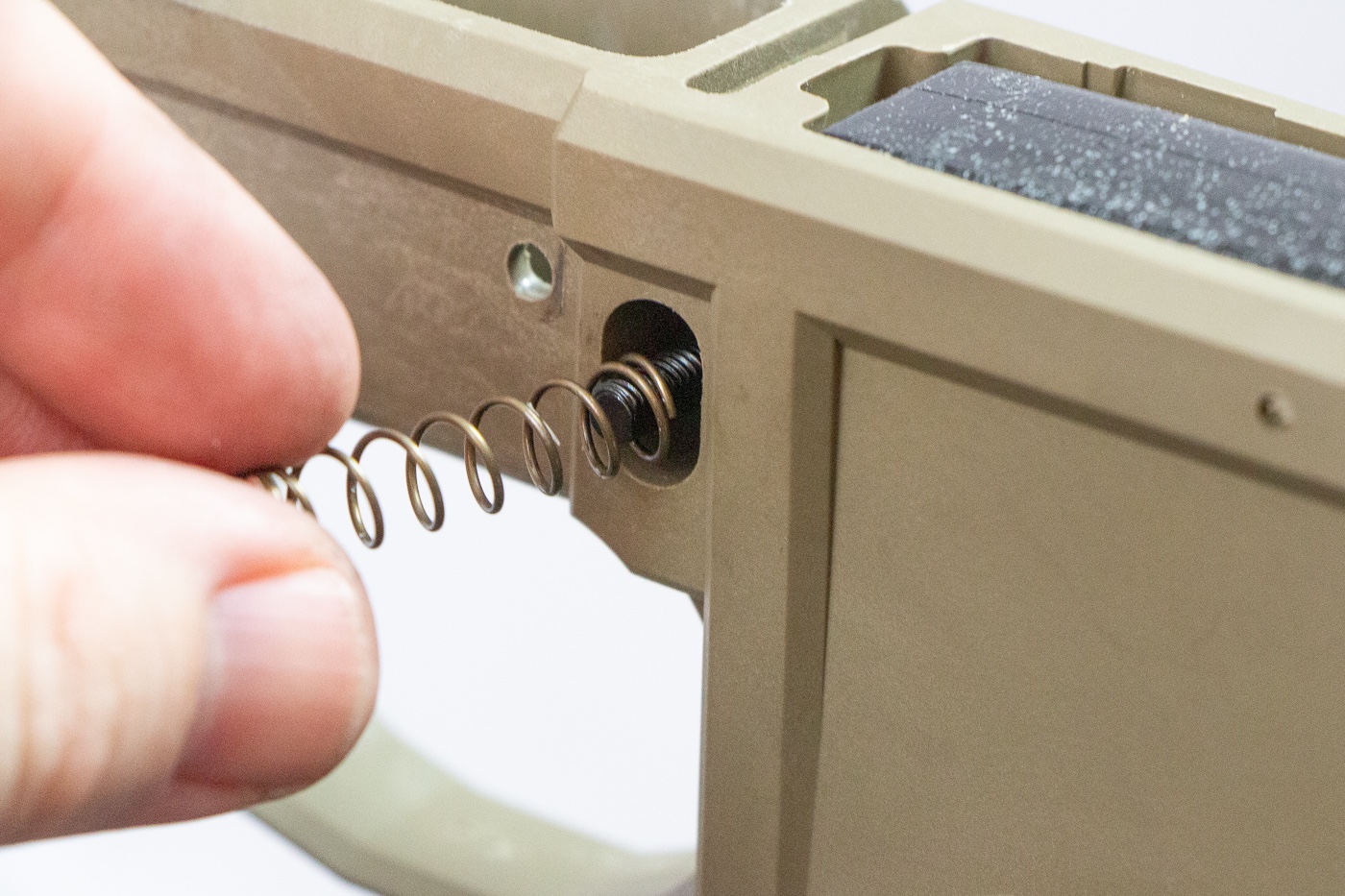
It may also not be a bad idea to consider the calibers of your firearms. While you can have a variety of guns in the arsenal, it is worth considering the calibers. This is especially true with military surplus firearms — and some ammunition is going to be a lot more expensive than others. Without a supply of ammunition, a rifle is just a club — or with a bayonet, a spear!
Basic Gunsmithing
Being a gun-owning prepper doesn’t mean you’ll have to train as a gunsmith, or even have a dedicated workbench for firearms — even though it can be very handy. Many basic gunsmith tools can also be used to service firearms. With the addition of a few specialty tools, preppers will be ready to service their firearms.
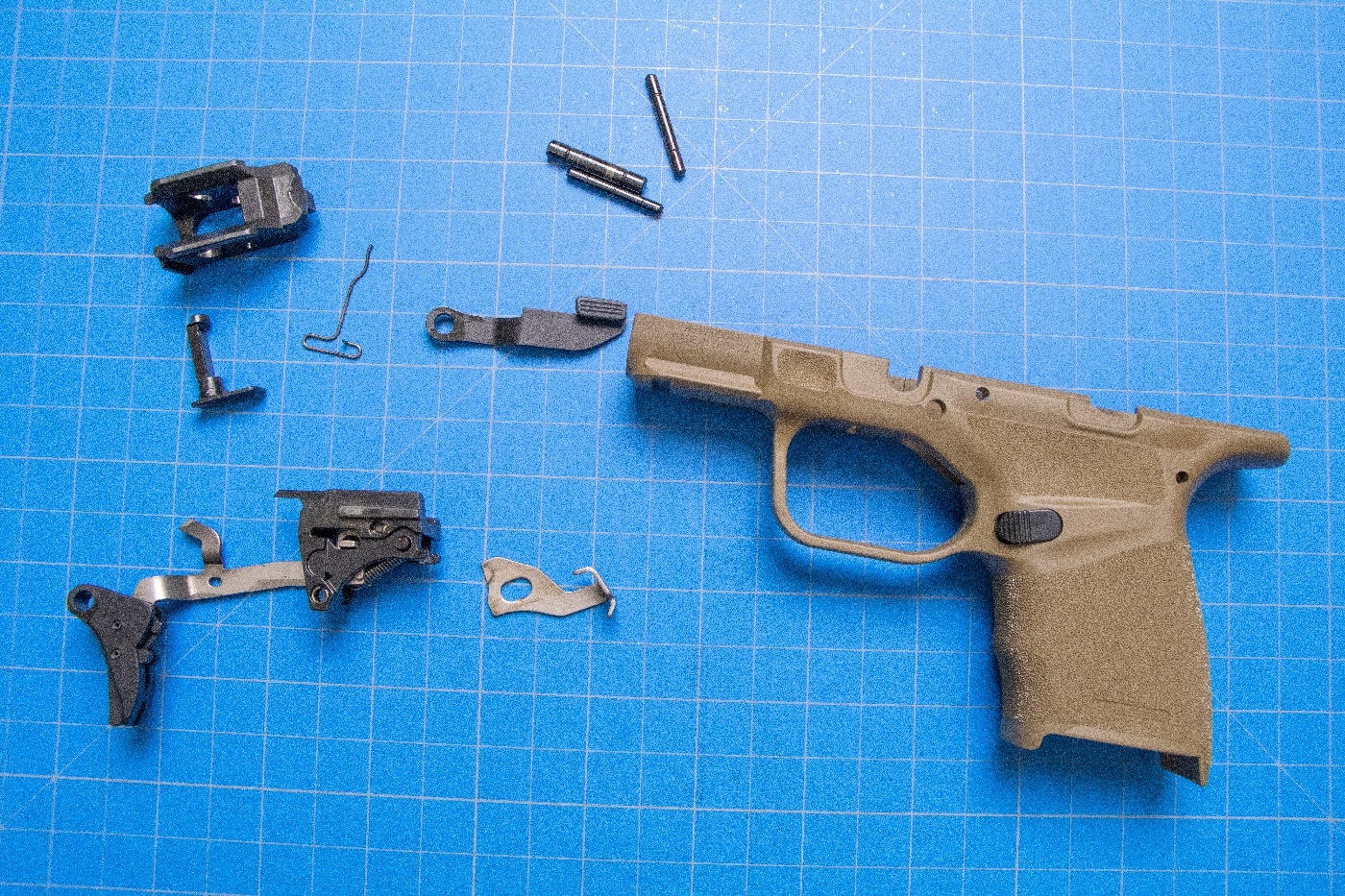
Of course, preventative maintenance only goes so far.
Things will break over time, and when they break someone needs to repair them. Firearms aren’t terribly complicated devices, and even the most modern gun differs little from those introduced 100 or more years ago. That’s why John Browning’s M1911 is still being produced — it’s truly a timeless design. However, when there is an issue, it is a big problem that can require a small fix, at least for those with a certain degree of training and skills.
Gunsmiths use many of the same skills as other trained craftsmen, and that can include welding, drawing, and a not-so-basic understanding of math. Precise measurements are critical, and in addition to gun safety, gunsmiths must have experience with machining, metalworking and often woodworking. Professionals know how to operate tools like drills and lathes. However, hobbyists can get by with learning how to rivet and correctly form a spring. While welding can be beyond the skills of some preppers or hobbyists, some firearms parts are soldered in place.
Load Up on the Reloading
There is no shortage of reloading kits available, and as with gunsmithing tools, it is something that can start simple and expand over time as the budget allows. A lot has been written about handloading so there isn’t the need to go into the how’s or why’s. The key is that it does not require a huge sum of money to get started. For a few hundred dollars, you can acquire solid tools and supplies.
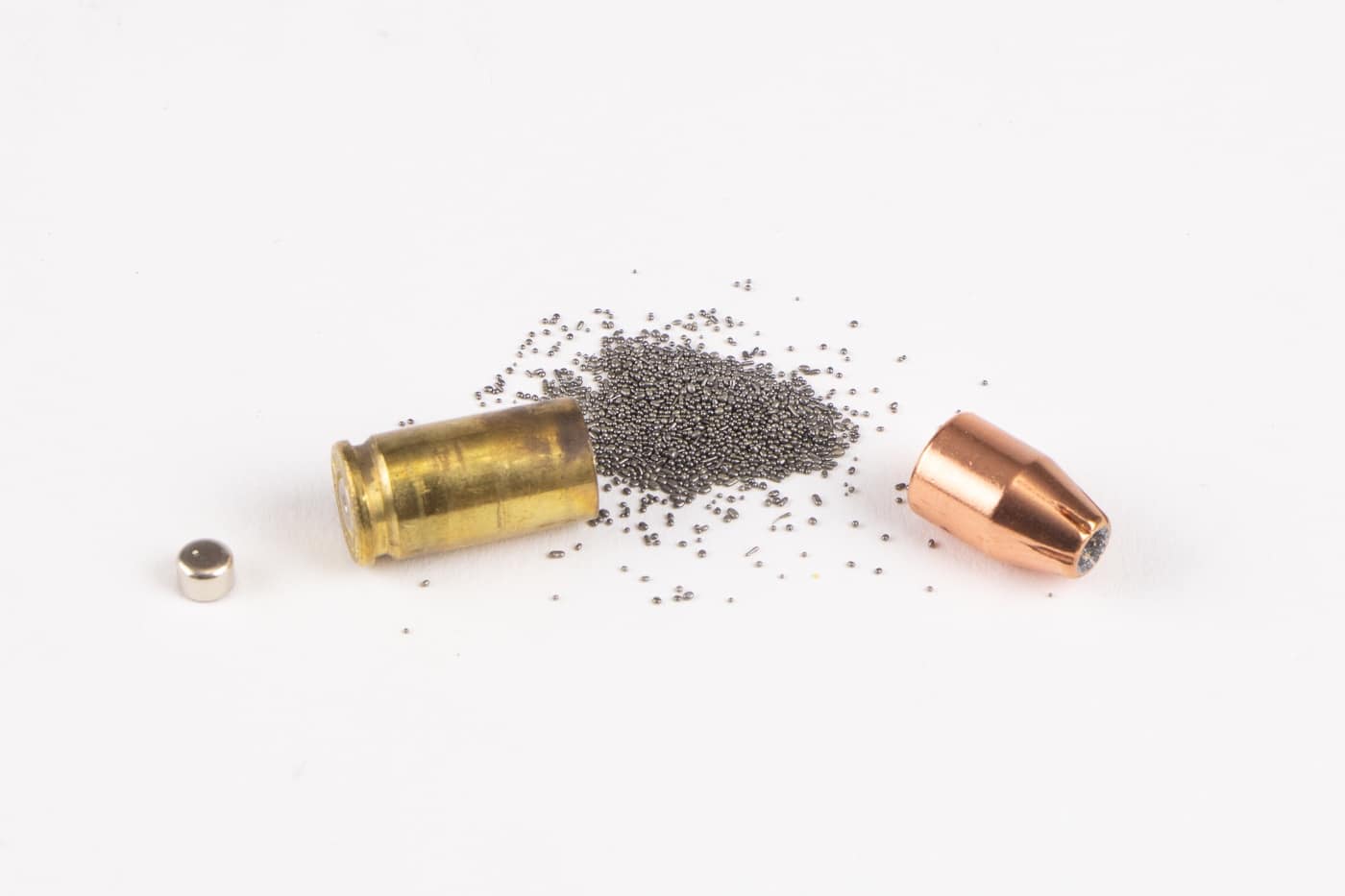
There are only four components to a rifle or pistol cartridge, and these include the primer, the powder, the bullet, and the brass case. For preppers on a budget, handloading can also be more cost-effective — especially if the same brass case is reused.
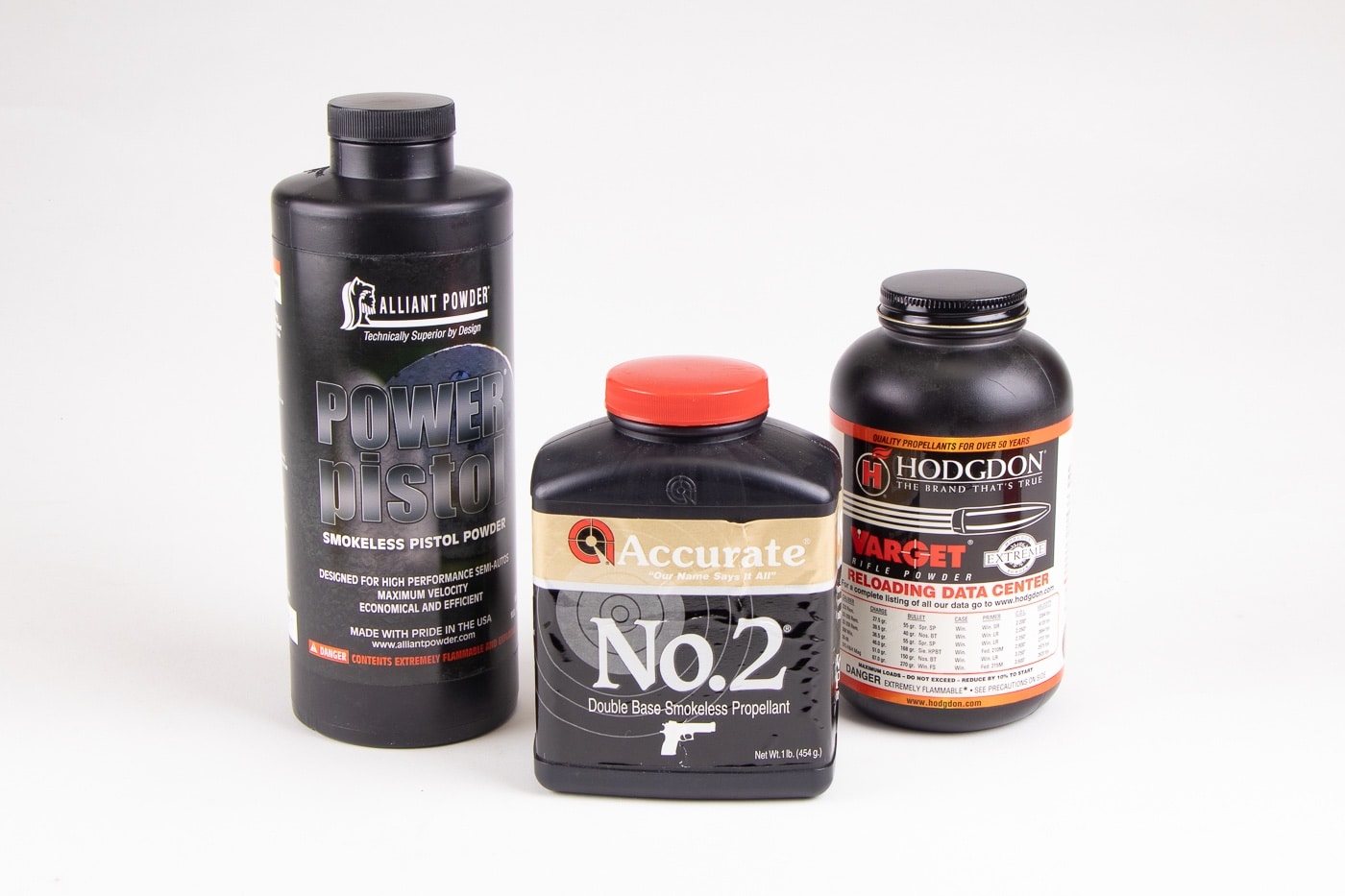
Of special note is the Classic Lee Loader. This is a complete loading kit that can fit into a pant cargo pocket, allowing you to tune your handloads at the range or while in the woods. The kits cost less than $50 — often less than $40 — not including the component costs.
Conclusions
These are just some of the top-line skills that a well-armed prepper should consider, but the key point is that a well-stocked collection serves no purpose without the ability to properly use, maintain, and service the firearms in it!
Editor’s Note: Please be sure to check out The Armory Life Forum, where you can comment about our daily articles, as well as just talk guns and gear. Click the “Go To Forum Thread” link below to jump in and discuss this article and much more!
Join the Discussion
Featured in this article
Continue Reading
Did you enjoy this article?

 106
106




